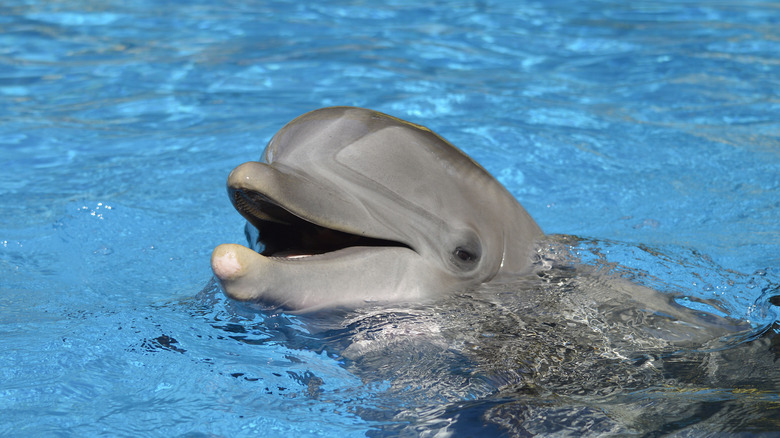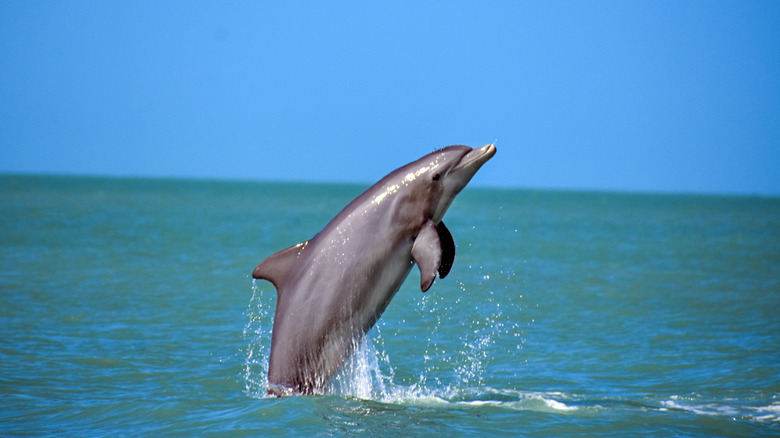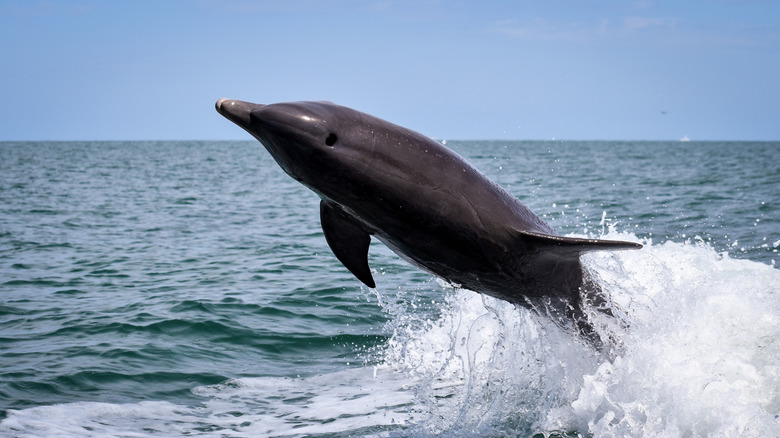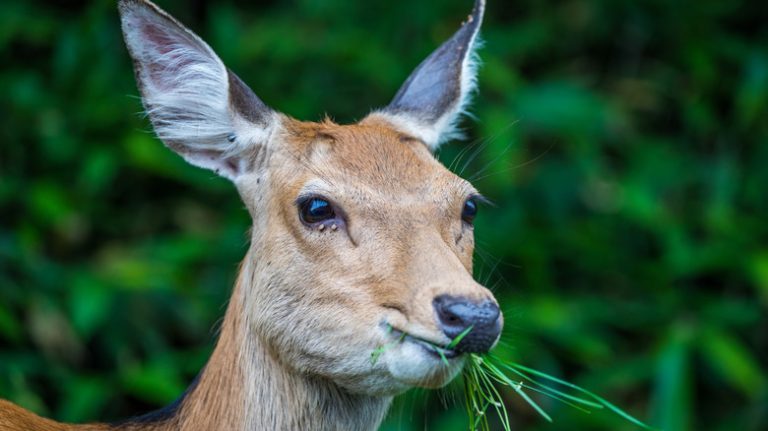
Florida is renowned as one of the most intriguing destinations for wildlife in the United States. While the Sunshine State is home to several invasive and sometimes dangerous species like the Burmese python, it also showcases impressive biodiversity. For example, it is the only location in the U.S. where you can witness both alligators and crocodiles together, and it hosts a variety of endangered species unique to Florida.
The state’s marine wildlife is equally diverse. Florida’s waters host multiple shark species such as the bull shark and occasionally even the great white. However, if you’re visiting Florida to admire its impressive marine life, you’re likely more interested in spotting dolphins rather than these predators, as dolphins are much more common in the coastal waters around Florida.
Among the various dolphin species found in Florida’s surrounding oceans, the bottlenose dolphin is the most prevalent and a significant tourist attraction. In Florida, visitors have the opportunity to observe dolphins in aquariums, swim with them, and see them in their natural habitat during boat tours. Of course, it would be somewhat disappointing if you took a boat trip and didn’t see any dolphins, which is why boat tours have a specific trick to ensure these marine mammals always make an appearance for tourists.
How boat tours guarantee dolphin sightings in Florida

On the west-central coast of Florida, situated on a barrier island in the Gulf of Mexico, lies Clearwater Beach. Renowned for its white sand, the area is a major tourist destination, especially for its population of bottlenose dolphins. Families of these remarkable marine mammals reside year-round in Clearwater Harbor and the adjacent inter-coastal waterway. Known for their curiosity and friendliness, they’re distinguishable by their lighter grey coloration on top and a white underside. These animals can range from 6.6 to 13.1 feet in length and typically weigh between 330 and 1,400 pounds. Bottlenose dolphins derive their name from their short beaks and are famous for their playful behavior with both their peers and humans.
This sociable nature allows boat tours to almost guarantee that visitors will catch sight of the dolphins. Clearwater Beach bay tours ensure dolphins on every trip, knowing the animals can’t resist the wake created by the boats. Little Toot, in particular, has designed its two vessels with this in mind. The Little Toot boat and the Little Toot II are crafted with a tugboat shape and have enough power to generate wakes that dolphins find irresistible. Consequently, the animals can reliably be seen frolicking behind the boats.
What is it about wakes that attract these dolphins? Well, scientists aren’t entirely certain, but it likely relates to the dolphins’ love of fun and may also have a practical purpose for them.
Dolphins and other cetaceans can’t resist a good wake

Cetaceans, including dolphins and porpoises, are known to enjoy playing in the wake and bow waves of ships. This is a distinctive trait of dolphins, as they exhibit a unique skill in bow-riding. Dolphins can maneuver their bodies in such a way that allows them to be propelled by the waves with minimal effort on their part.
This behavior likely evolved from dolphins surfing on large waves in the past, though the precise reason for bow-riding among dolphins and other cetaceans has long been debated. Some experts propose that the animals engage in this activity to travel more efficiently from one location to another. Others suggest that bow-riding is simply a playful activity.
A 2024 study published in Scientific Reports used an aerial recording system to track and film dusky dolphins bow-riding in front of a research vessel. The researchers also observed free-swimming dolphins off Kaikoura in New Zealand and discovered that the respiration rates of bow-riding dolphins remained mostly consistent regardless of speed. More importantly, these rates were 45% lower than those of free-swimming dolphins, indicating that dolphins may bow ride to conserve energy. Nonetheless, dolphins might engage in bow-riding both for energy savings and simply because it’s enjoyable. The Florida example suggests that the dolphins are more interested in the recreation of bow-riding, as they evidently enjoy leaping between waves and entertaining their human spectators.






